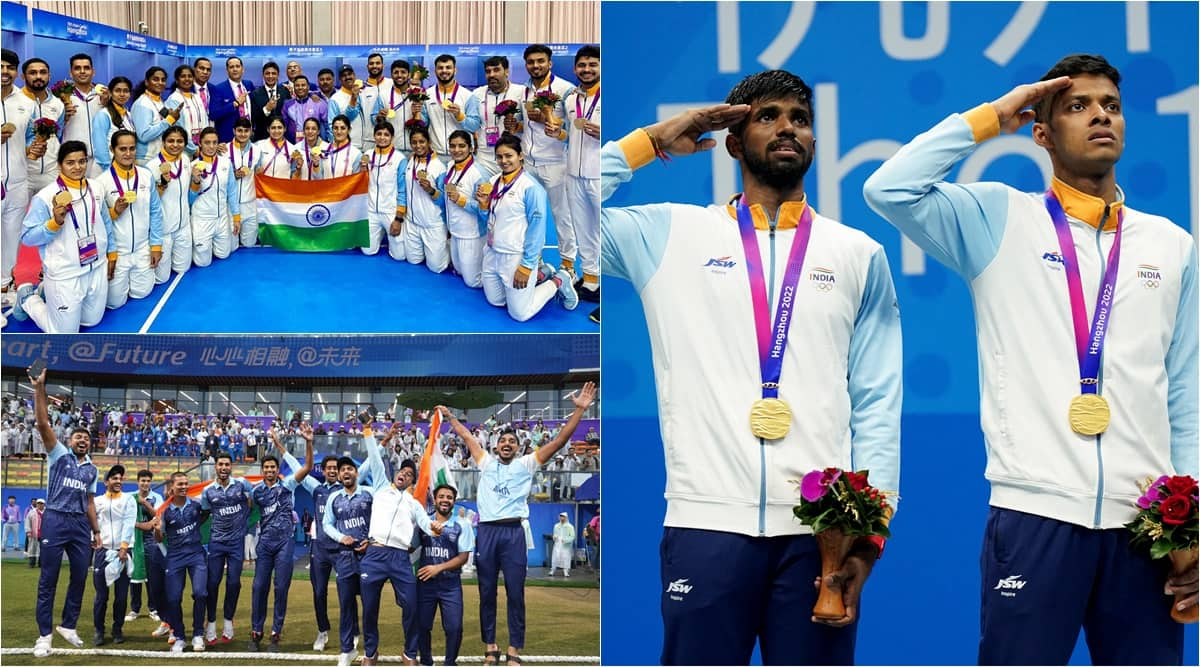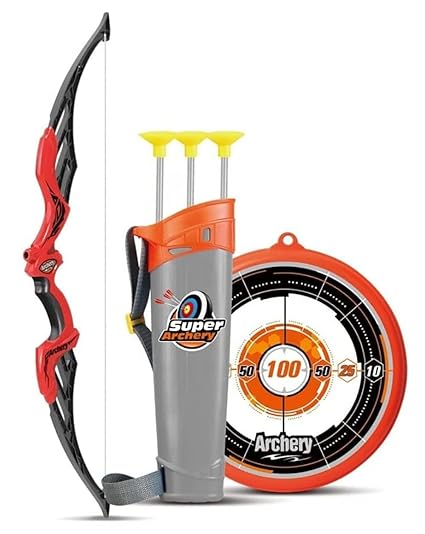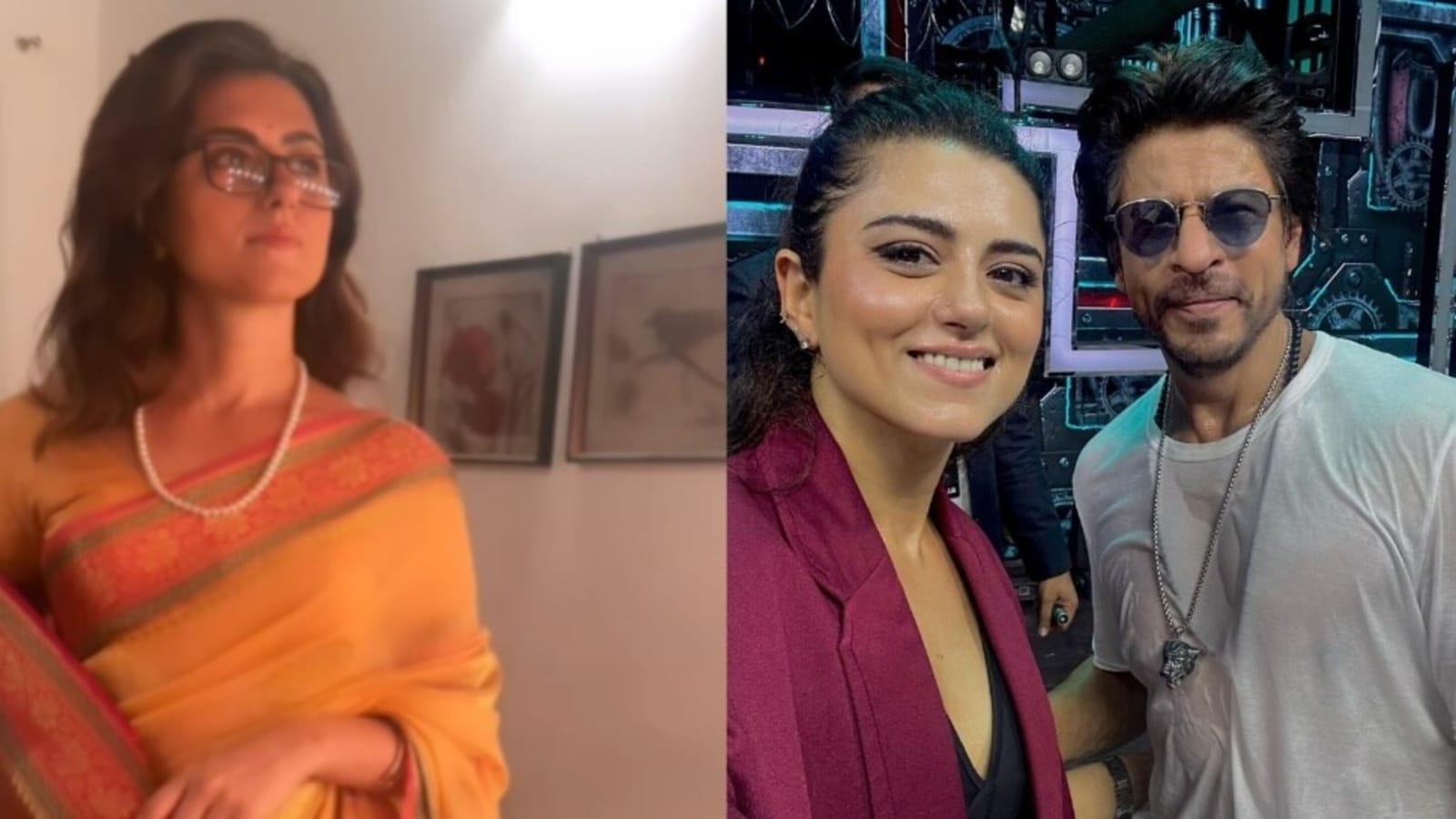Asian Games: How and why 70 medals became 107 for a record?
An increase in the government's funding, new depth in previously held events, and the emergence of talent in other areas

The athletes competing in shooting and archery for Team India at the Hangzhou Asian Games were the ones who set their sights on the goal of winning more than 100 medals in the tournament. Because of this, as well as the significant progress made in both track and field, India was able to set a new record for the number of medals it won, which totaled 107 and included 35 gold medals.
India's CWG performance:
New depth in shooting, gains in archery, track and field domination, and badminton gold
At the march's closing ceremony on Sunday, numerous positives will be highlighted, including: The addition of compound archery to the Olympic program is cause for celebration, and India's dominance in track and field, the "mother sport," contributed to the country's rising reputation as a society that values competitive athletics. And the badminton gold and table tennis bronze made China sit up and acknowledge India's presence in a sport that China has dominated for a long time but has for a long time taken their dominance for granted. This is a huge development.
An abundance of medals at the Asiad does not necessarily translate into a rush of medals at the upcoming Olympic Games in Paris. Many of the events in which medals were won in Hangzhou are not included in the Olympics, and the level of competition in many of these events will increase by a factor of several.However, this does not take from India's sporting consistency, which the rest of the world became aware of following Neeraj Chopra's gold medal performance at the Tokyo Olympics two years ago.
NytActiv Glowing Football
The constant increase in government funding of the Olympic disciplines, especially in accordance with the Target Olympic Podium Scheme, is the single most important factor in this year's unprecedentedly high levels of performance across the board. The fact that there is no shortage of financial resources, the caliber of coaches, the number of sports science experts, and the number of opportunities to compete in other countries have all contributed to one word: improvement.
An illustrative case is archery:
* In 2022–2023, the government spent 24 crore rupees on the sport that has accumulated a large number of medals. The federation entered into an agreement with NTPC for a sum totaling 115 crore Indian rupees (Cr) over a period of five years, in addition to receiving an extra 15 crore Indian rupees (Cr) for one-time funding to construct infrastructure.
* Approximately 2 crores of rupees were invested in order to bring in coaches from South Korea and Italy, bring in sports performance and neuro-science experts from the United States, and also bring in 50 Indian coaches to be "exposed" to overseas seminars.
* An additional Rs 3 crore was spent on national camps, which included the employment of psychiatrists, nutritionists, strength and conditioning experts, as well as the utilization of video analysis tools.
Sports Super Archery Bow and Arrow
This investment paid dividends.
The number of archery medals more than tripled between 2018 and 2023, going from just two to nine. The compound archers were able to walk away with a perfect score, winning all five of the available gold medals. Archers Jyothi Surekha Vennam and Ojas Pravin Deotale were the most successful athletes at these Games. Both of them won three gold medals in their respective events.
There are similar stories in other sports too – and the results are telling:
In the year 2018, India was awarded medals in a total of 18 different sporting categories; this number increased to 22 in the year 2023. Athletics and shooting were the two events that contributed the most medals overall at both competitions, however the athletics competition in Hangzhou witnessed a boost from 20 to 29 medals, while the shooting competition took home 22 medals instead of just nine medals the first time around. Just these two occurrences were responsible for the entire 22-point gain in total.
The inclusion of team competitions in the shooting competitions led to an increase in the total number of medals won, but it also demonstrated India's growing depth of talent across a number of categories, as Indian shooters competed equally well with those from China.
ALSO READ:- Breast Cancer Awareness: 8 myths about the illness debunked
It was always anticipated that athletics would bring in a lot of gold, but there have been some truly remarkable performances.
Annu Rani of India won the women's javelin competition, giving India a gold medal for the first time in Asiad history. Avinash Sable of India won the men's 3000 meter steeplechase.
Significant moments include Chopra and Kishore Kumar Jena winning India's first ever first and second place finishes in javelin, and Tejaswin Shankar winning silver in the decathlon while setting a national record. And nobody will ever forget Parul Chaudhary's incredible late-race comeback to win the women's 5,000-meter race for gold.
The addition of the beautiful silver that Aditi Ashok won in golf, as well as the two bronze medals that she won in roller skating and the bronze medal that she won in canoeing, were all additions from events in which India did not win a medal in 2018. As a result of the inclusion of chess and cricket on the list of events, India was able to win two additional medals in each of these two competitions.
In spite of the fact that badminton was only responsible for an increase of one medal, the performance of the Indian shuttlers in Hangzhou was a historic one. Thanks to Satwiksairaj Rankireddy and Chirag Shetty, the country's badminton players finally ended their quest for their first-ever gold medal.
In addition, the men's team won silver for the first time in Asiad history after reaching the final for the first time ever, and HS Prannoy won bronze in the men's singles competition for the first time since 1982.
Tennis, bridge, kurash, wushu, and table tennis were the five competitions in which India's performance decreased. But among the 107 medals, one of the most important was the bronze that Sutirtha Mukherjee and Ayhika Mukherjee won in table tennis. They prevailed over the formidable Chinese, and it was this victory that earned them the medal.
















